-
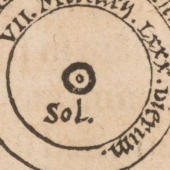
Ordering the planets
-
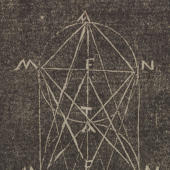
Thirty dangerous seals
-
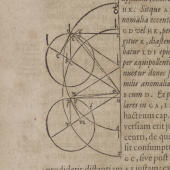
The sun at the centre?
-

The earth at the centre?
-

Seeing the stars
-
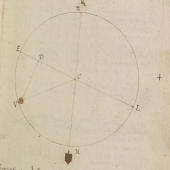
The transit of Venus
-
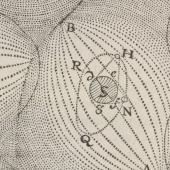
Descartes's vortices
-
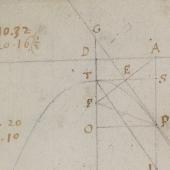
Halley's comet
-

Newton by Kneller
-
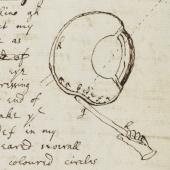
Changing how we see
-
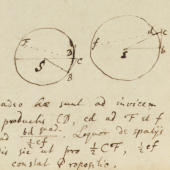
Naming the forces at work
-
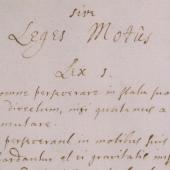
Forming the theories
-
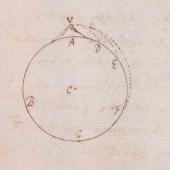
Orbiting the earth 1
-
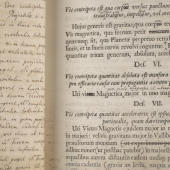
Newton's thoughts on Newton
-
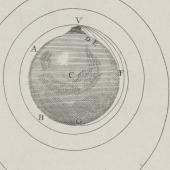
Orbiting the earth 2
-

Einstein's general theory of relativity
-
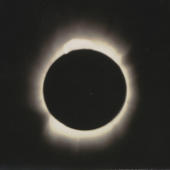
Solar eclipse (1)
-

Solar eclipse (2)
-
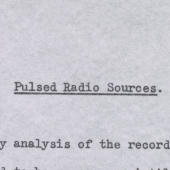
Discovering pulsars from a Cambridge field
-

An account of everything
On the shoulders of giants: understanding gravity
Lines of thought
Although it had long been believed that the earth was at the centre of the solar system, by the time of his work formulating gravitational theory Isaac Newton, second Lucasian Professor of Mathematics in the University of Cambridge, took as given Copernicus’s theory of heliocentricity, the sun-centred planetary system. The publication in 1687 of arguably the most important book in the history of science, Newton’s Philosophiæ naturalis principia mathematica, inspired a scientific revolution and laid the foundations of modern physical science. With the donation of the Portsmouth Papers to the University Library in 1872, the bulk of Newton’s scientific manuscripts came to Cambridge, where they continue to be the focus of global scholarly activity.
While Newton was able to prove his law of gravity explained the motion of the planets, he was unable to explain precisely how gravity functioned. Einstein’s Theory of General Relativity, more than 200 years later, modified Newton’s theory, and an important prediction of the Theory was soon proved by Trinity College mathematicians Frank Dyson and Arthur Eddington. Cambridge-trained cosmologists including Stephen Hawking and Jocelyn Bell Burnell continue to grapple with the implications of the work of the earlier giants of physical science in order to explain better the universe around us.
Subject specialist curator Adam Perkins, Curator of Scientific Manuscripts, discusses the theme of Gravity in this specially commissioned film.